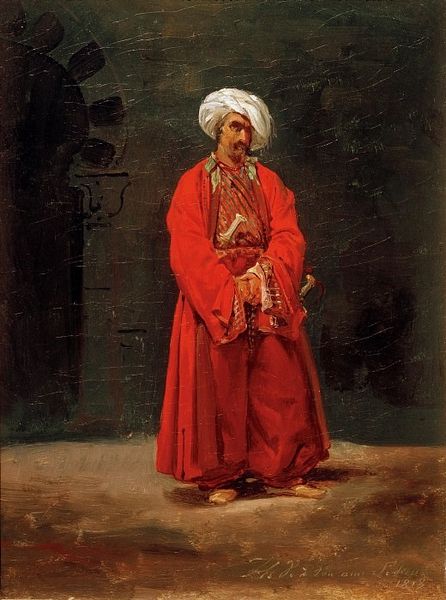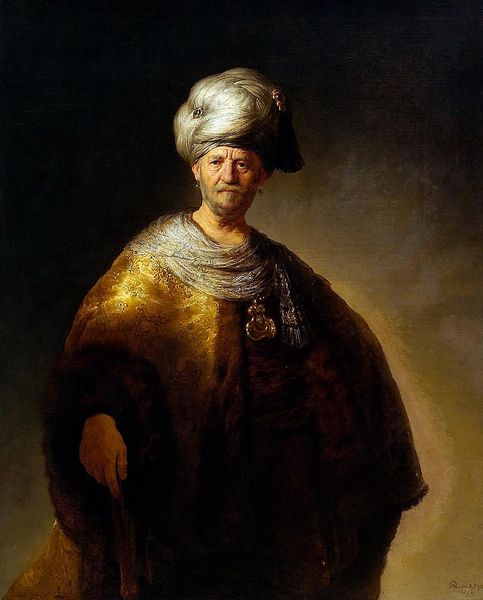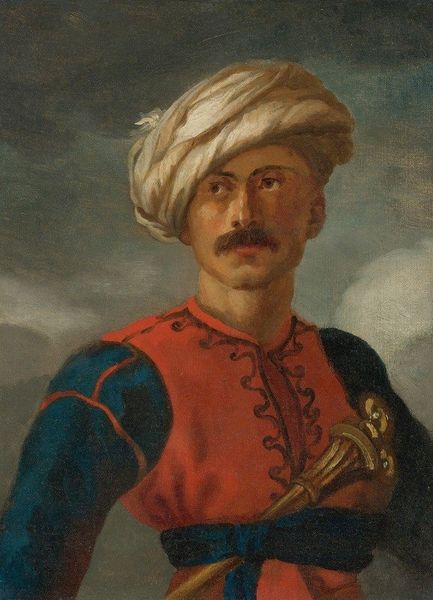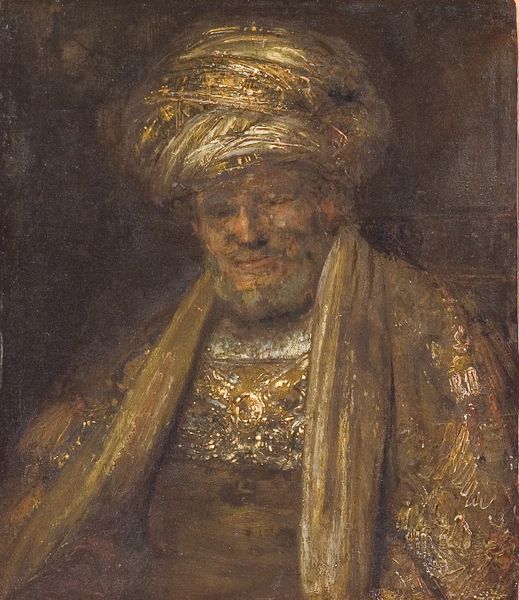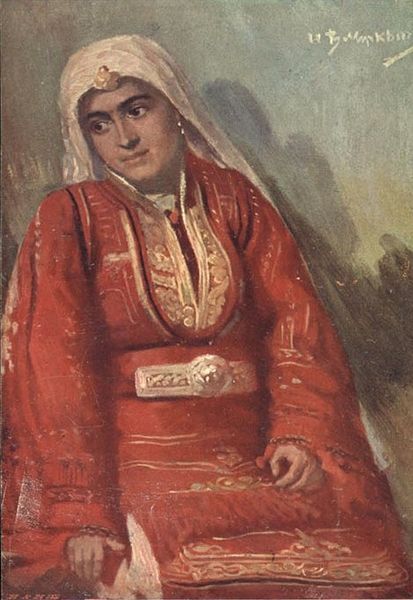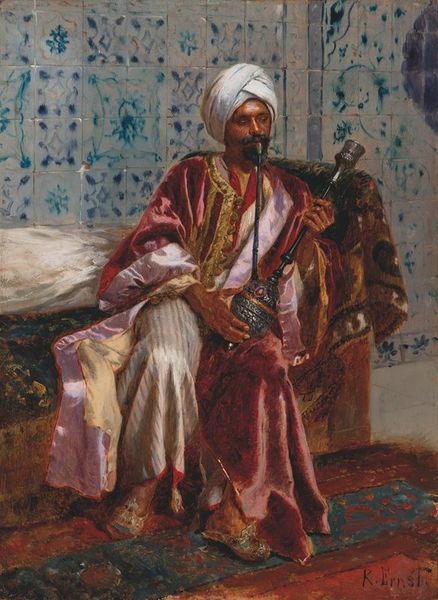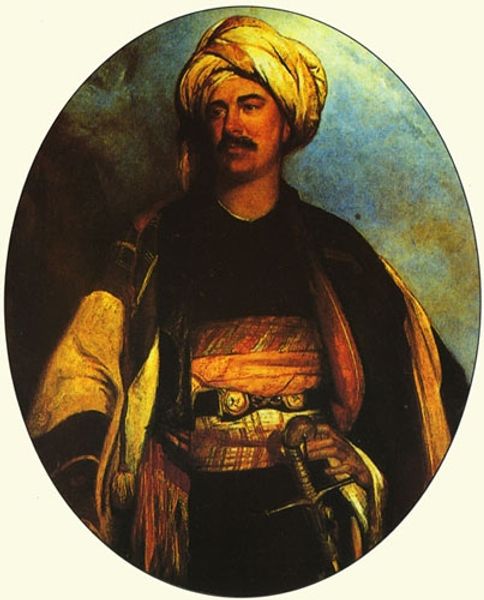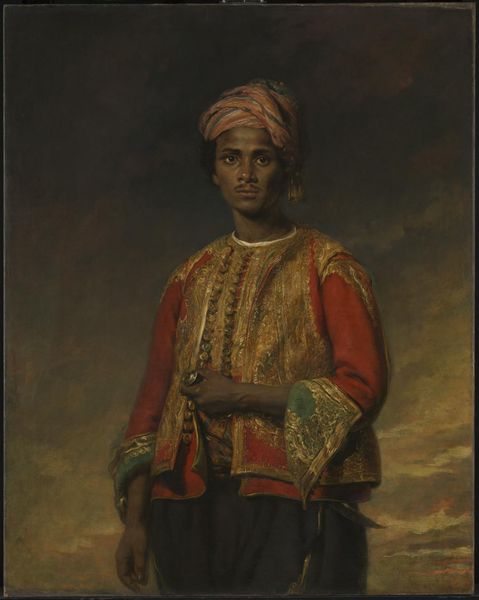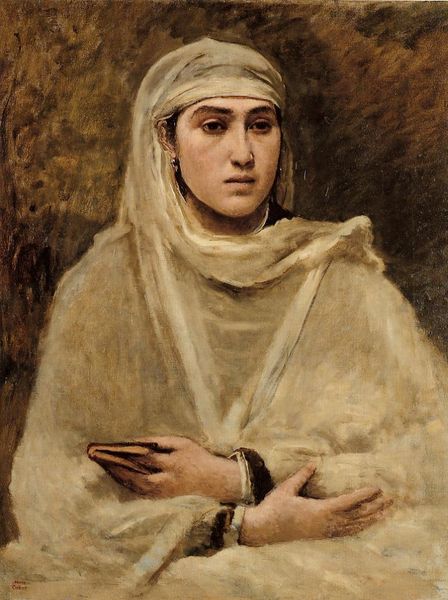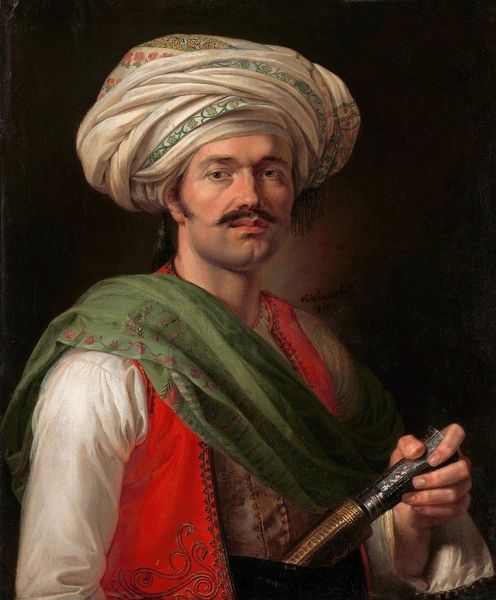
painting, oil-paint
#
portrait
#
neoclacissism
#
painting
#
oil-paint
#
oil painting
#
history-painting
Dimensions: 123.2 x 99 cm
Copyright: Public domain
Editor: This is Joshua Reynolds' "Captain John Foote," painted in 1761 using oil paints. What immediately grabs me is the luxurious fabric; it almost feels like the portrait is less about the Captain himself and more about the textures and patterns. What strikes you most about it? Curator: The opulence of the fabrics indeed stands out. From a materialist perspective, I’m immediately drawn to consider the means of production. Think about the context: Reynolds, a prominent figure in British art, painting a captain adorned in what appears to be Indian textiles. The materials – where did they originate? Who were the laborers involved in their creation and how does that influence the power dynamics in the piece? Editor: So, you’re saying the fabric’s origin is key? The contrast between British artist and seemingly Indian textiles… that's fascinating. Does that suggest something about trade routes and colonial power at the time? Curator: Absolutely. Consider the British East India Company’s influence during this period. This isn’t just a portrait; it’s a document reflecting the social and economic fabric woven from colonial exploitation. The textures we see are visual markers of a complex web of labor, trade, and power imbalances. Do you think the average viewer in 1761 would pick up on those layers? Editor: Maybe not consciously, but I suppose the very display of such rich material would inherently communicate a certain level of status and influence connected to that colonial structure, even if subtly. It reframes the portrait, almost like a propaganda piece. Curator: Precisely! It encourages us to challenge the traditional boundaries of art history. It's not solely about Reynolds’ brushstrokes, but also the lives and labor embedded within those brushstrokes through the materiality represented. I never saw this portrait the same way. Thank you. Editor: I hadn't either; it's a more complicated portrait than I first imagined.
Comments
No comments
Be the first to comment and join the conversation on the ultimate creative platform.
